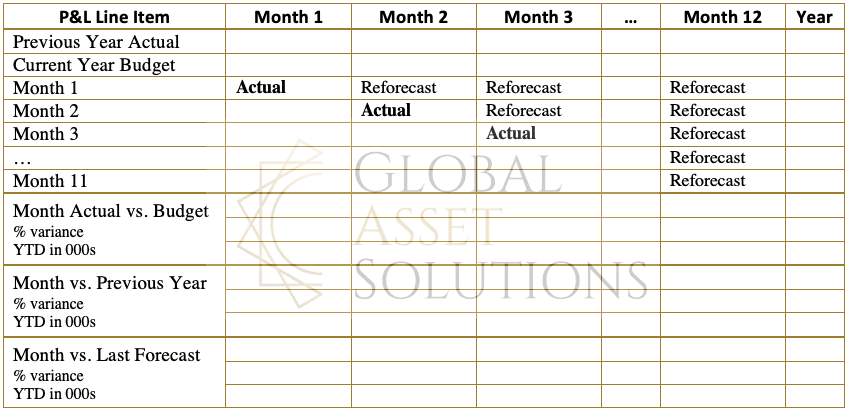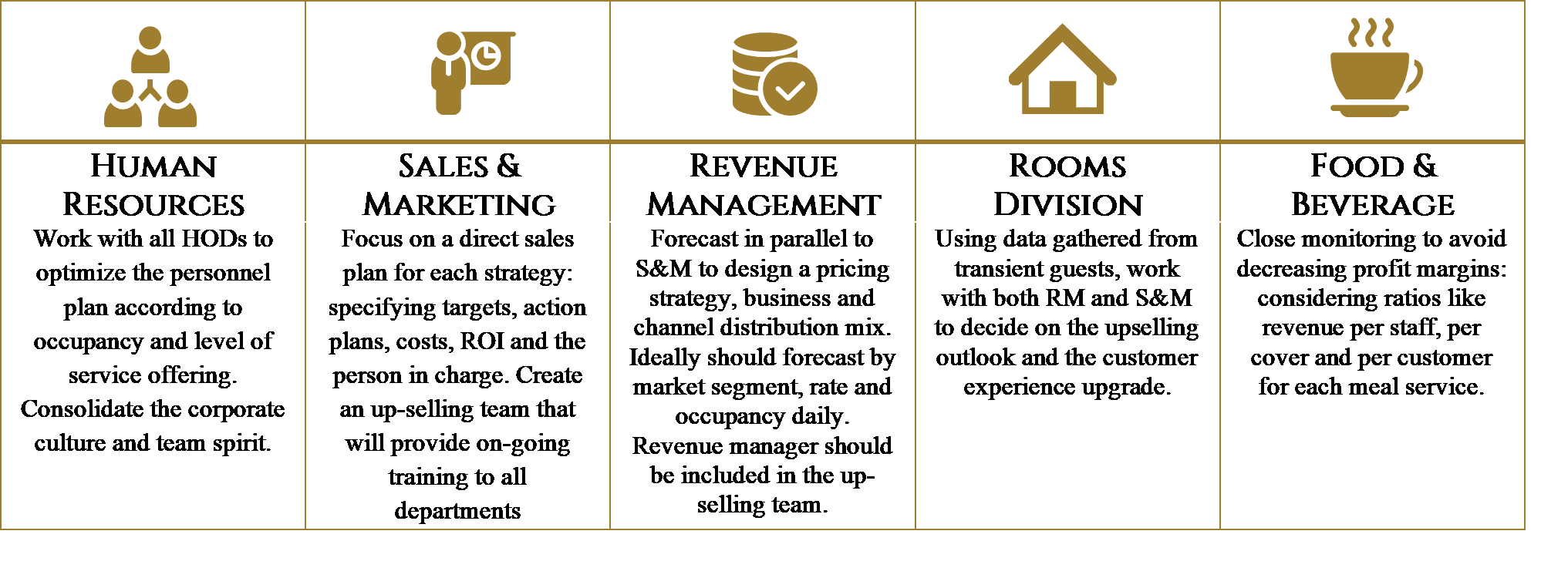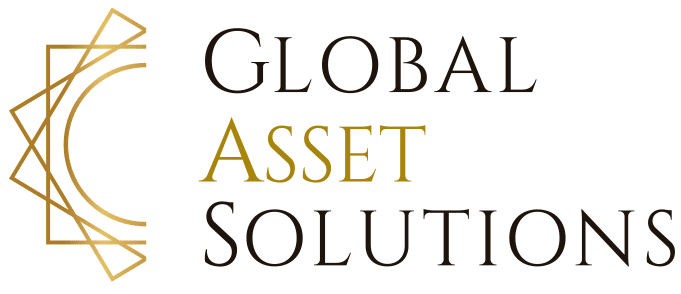With the advent of the ‘new normal’, hotel owners and operators must begin considering the various financial and operational scenarios in their forecasts extending into 2021. Accurate forecasting is notoriously tricky, even in “business as usual” scenarios. Often, some operators need more pressure to deliver detailed break-downs forecasts, and they rarely extend more than three months in the future. The objective of a forecast plan is to ask the hotel operator to propose tangible actions: to increase the performance of specific areas of the hotel, to manage the production of the personnel, to schedule productive activities, and to increase customer satisfaction.
In this article, we will navigate the key points for asset managers to consider when reviewing forecasts, and what you should be asking from your management team. We will also present a sample of the best-in-class forecasting matrix we use at Global Asset Solutions.
-
Data
The concept of data being the ‘oil of the digital age’ is also applicable for hotel asset management. It is essential to track, include and consider previous budgeted and actual numbers. It is the industry standard only to compare the proposed budget for the last two years. At Global Asset Solutions, we look five years into the past to get the best overview of trends. Now, more than ever, you need to consider as many years of data as possible, to be able to base forecasts on other periods of low occupancies. Of course, it is not enough to simply include the numbers; additional details explaining exceptionally high or low figures are crucial for insight. For newer hotels, placing more weight on data from the year of the hotel’s original opening could be beneficial to forecast for the ramp-up expected to extend into 2021.
Along with historical data, forecasting requires knowledge of any future events that could impact the hotel’s performance. Some of this knowledge is internal, such as the arrival of any groups, but the majority is macroeconomic and must be gathered from external sources. PACE reports need to be combined with information from a Radar Report (please refer to our case study here on the summer room pricing outlook in London and Paris) and STR. You should also ask your S&M Manager to provide market occupancies and ADR every month and get their opinion on where they think the market is heading compared to the hotel’s performance.
All in all, the more information you can gather, the more accurate your forecasts will be.
Often forecasting focuses on upcoming month till the end of the year. Proper forecasting consists of producing a detailed rolling 12-month P&L, from June 2020 to June 2021, for instance. Furthermore, a more professional forecast will include the following reports as well:
- P&L Variance Report: Forecast, current year (actual and re-forecast) and previous year
- Labour, FTE & headcount report (for each position and by month, with variance from previous years)
- Cash flow statements and detailed forecast of owner expense
-
Tracking 12-month P&L forecasts
Most operators only forecast for three months in advance; however, at Global Asset Solutions, we prompt operators to develop accurate 12-month P&L forecasts (ideally rolling twelve-month) that are re-forecasted monthly. Over our years of experience, we’ve developed a matrix to combine all historical data into an accessible view to allow for accurate forecasts and re-forecasts. Below you can find a sample considering two years of data. A table like the below should be created for each P&L line item, as well as for indicators such as Rooms Expenses POR and F&B Expenses per Customer.

Use of this matrix allows you to evaluate the operator’s re-forecasting capability and better planning of expenses, including staff level. During this ramp-up period, asset managers need to ensure that all efforts are made to re-integrate minimal personnel level, and only as needed. The aim is to ensure we minimize the use of available cash. The matrix is an effective tool to balance expected occupancies with staffing. We also recommend asking the operator to prepare a weekly HR report (FTE’s/payroll versus demand – room/covers/treatment). It is crucial to monitor this most considerable expense closely until full reopening (using re-forecasts versus latest pick-up from both rooms and F&B reservations). You also need to closely track what’s happening in HR in terms of payroll to optimize the hotel revenue per employee. It is best to build your matrix to separate HR line items, and then further split these items by management or hourly payroll. It will be too late if asset managers wait for the release of June or July P&Ls to find high salary costs.
A table like ours gives the head of department (HOD) greater control over their budget, as they won’t only focus on the present. As F&B often has low-profit margins, we recommended that the F&B manager tracks each outlet’s profitability daily. In a normal situation, it might sound like micro-managing, but currently it is a must. Furthermore, once the tools and habits are in place, the hotel will benefit in the long term.
-
Analysing the Right Ratios
Forecasting is most efficient when the right ratios are used to benchmark against past performance. As you know, the basic ratios use to monitor the hotel operations and financial performance are assigned in three categories: POR (for operational departments), PAR (for expenses unaffected by occupancy) and % Revenue (all departments to measure profitability and margins). In terms of the overall business, the GOPPAR is relevant, because it includes every operational department result providing a holistic view of the hotel performance.
Ratios used less often, but still necessary to evaluate the impact of commissions and S&M cost in the rooms department are:
- Net ADR (or Net Rooms Revenue): deducts the relevant costs of sales relating to third-party commissions of distribution channels (Travel Agencies’ and Groups’ commissions, Reservations and Group Rooms Control Recovery)
- Triple Net ADR: also deducts the total S&M expenses (except S&M expenses related to other departments like F&B)
As covered earlier, forecasting exactly how much staff will be needed and the resulting payroll is more critical than ever during the expected ramp up. It is effective to break down the operational departments’ revenue forecast, total payroll and GOP per FTE, optimally by outlet. The objective is to find the exact number of employees necessary based on which services will be offered and when.
-
Liquidity Micro-Management
As funds are limited, asset managers must adopt more micro-management practices to ensure that cash is only spent where it makes the most impact. Liquidity management should follow suit of practices adopted when working with a hotel’s pre-opening budget. For example, an industry best practice includes restricting the operator’s access to the full amount of agreed-upon operation cash injection. Instead, distributing a predetermined amount to the operator monthly helps to ensure the operator stays within the agreed amount and allows better cash flow monitoring.
As this cash injection is coming from ownership, it is the asset manager’s responsibility to monitor that it is spent well. We recommend the asset manager to approve every single payment made to suppliers week by week. This also allows the identification of providers that need to be eliminated in the future (i.e. temp personnel resources, Third Party training solutions). Asset managers should review all major contracts which can be renegotiated (e.g., dry cleaning, laundry) and those that don’t impact the operation directly (e.g. energy, PR agencies, local OTA commissions). We also recommend simplifying suppliers for the kitchens. All of this can provide significant immediate savings.
-
Capex Forecasts
The Capex forecast report should be divided by department. Every project should include a description, the expected cost and the reasons to support the potential investment. Any projects undertaken at this time must have a strong justification and evidence that it either cannot be delayed or would lead to high returns quickly. As explored in 4) Liquidity Management, micromanagement and increased scrutiny are needed when evaluating planned investments that should impact the bottom line.
-
Comp Set Surveillance
It is crucial to keep an eye on your comp set weekly and, ideally, by market segment. Your team needs to know when they are opening, what facilities they will have available, and what restrictions they have in place; all might have an impact on your forecast.
-
Involvement of All Departments
It is essential to involve every department; staff at all levels needs to find opportunities to drive up the hotel value. Therefore, communication between the asset manager and the operator should be transparent. The asset manager must clearly explain the forecasted situation to all HODs so they fully understand the challenges ahead. Some situations might require the asset manager to step in and provide straightforward directions and the KPIs to achieve.

As we move into Q3 with hotels reopening, it is time to begin considering the 2021 forecast. Please contact us at info@globalassetsolutions.com, we would be delighted to offer you our services, evaluate your forecasts, and tailor-make an action plan for you to move forward.
Written by
Vani van Nielen, Eliana Levine, Larina Maira Laube, Jedaiah Gwee, and Paloma Guerra.
Co-Published with Alex Sogno (CEO – Senior Hotel Asset Manager at Global Asset Solutions). Mr Sogno began his career in New York City after graduating with honours at Ecole Hôtelière de Lausanne, Switzerland. He joined HVS International New York, and he established a new venture at the Cushman & Wakefield headquarters in Manhattan. In 2005, Mr Sogno began working for Kingdom Hotel Investments (KHI), founded by HRH Prince Al-Walid bin Talal bin Abdul Aziz Al Saud member of the Saudi Royal family, and asset managed various hotels including Four Seasons, Fairmont, Raffles, Mövenpick, and Swissôtel. He also participated in the Initial Public Offering (IPO) of KHI at the London Stock Exchange as well as the Dubai International Financial Exchange. Mr Sogno is also the co-writer of the ‘Hotel Asset Management’ textbook second edition published by the Hospitality Asset Managers Association (HAMA), the American Hotel & Lodging Education Institute, and the University of Denver. He is the Founder of the Hospitality Asset Managers Association Asia Pacific (HAMA AP) and Middle East Africa (HAMA MEA).
Global Asset Solutions, your key partner in hotel asset management, has partnered with a team of students and alumnae from Ecole Hôtelière de Lausanne, recognized by industry leaders as the best hospitality school in the world. Together, we are working on compiling the best practices to help hotel owners and operators navigate through the COVID-19 crisis. By combining diligent research, expert opinions, and our own experiences, we will be publishing the best practices on the most current topics facing our industry. Our team is composed of Eliana Levine, Larina Maira Laube, Vani van Nielen, Marie-Amélie Pons and Paloma Guerra Lafuente with the guidance of EHL Lecturer Remy Rein.
Post
Portugal Hotel Market Outlook 2024
PORTUGAL’S HOSPITALITY INDUSTRY is experiencing an impressive comeback post…
Post
Know thyself for budget success
“Before you can budget for the year ahead, it is critical that you assess the…
Post
Should hotels refuse to join a club which would have them?
The current battleground for the big hotel chains is not pipelines, but loyalty…
Post
The digital concierge: how can hotels use technology to maximise revenue and customer experience?
More than half of all business trips are now a mix business and leisure – so…
Post
Spanish Hotel Market 2024
SPAIN’S TOURISM SECTOR in 2023 exceeded all initial expectations and surpassed…
Post
Balancing the scale of luxury
Tell someone in the sector your hot new tip is luxury growth and you’ll lose…
Post
The luxury sustainability conundrum
Climate change is one of the most significant challenges society is facing, but…
Post
Failing the AI tech race
Attend any conference over the past decade, and a common theme is the devilish…
Post
From compound stays to compound interest
Back in the days of yore - or, for those who measure time this way -…
Post
Projecting into an AI future
The world of hospitality has seen remarkable changes over the past few decades,…
Post
Bringing strength to soft brands
‘Another day, another brand’ could well be the catchphrase of our sector, but…
Post
The need for CAPEX and creating returns
As an asset manager, it’s my job to create and manage the relationship between…
Post
Budgeting for change pt.2
In the second of our series on the budget approval process, we are looking at…
Post
Budgeting for change pt.1
Each season brings with it change and, depending on the time of year, the…

